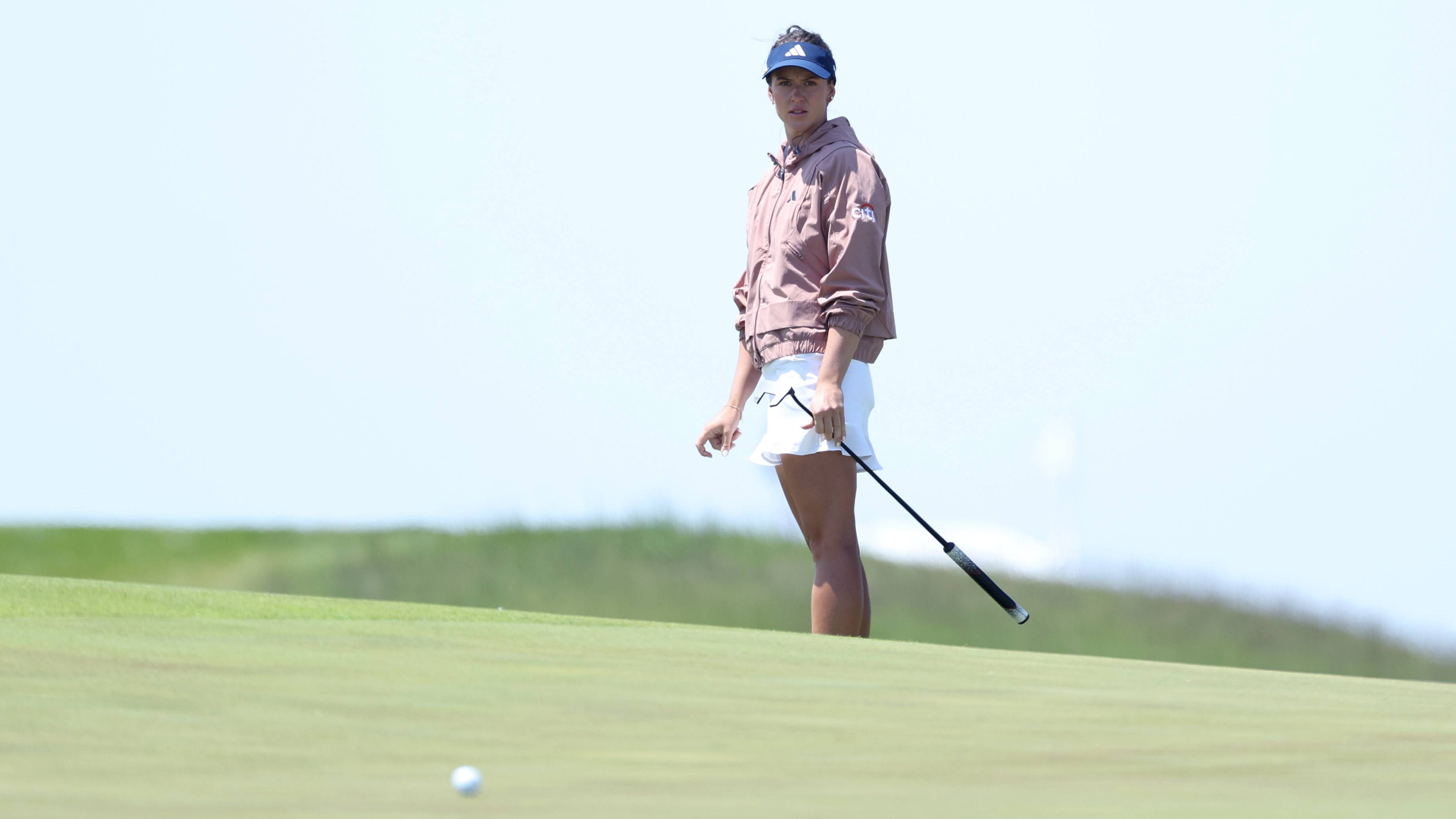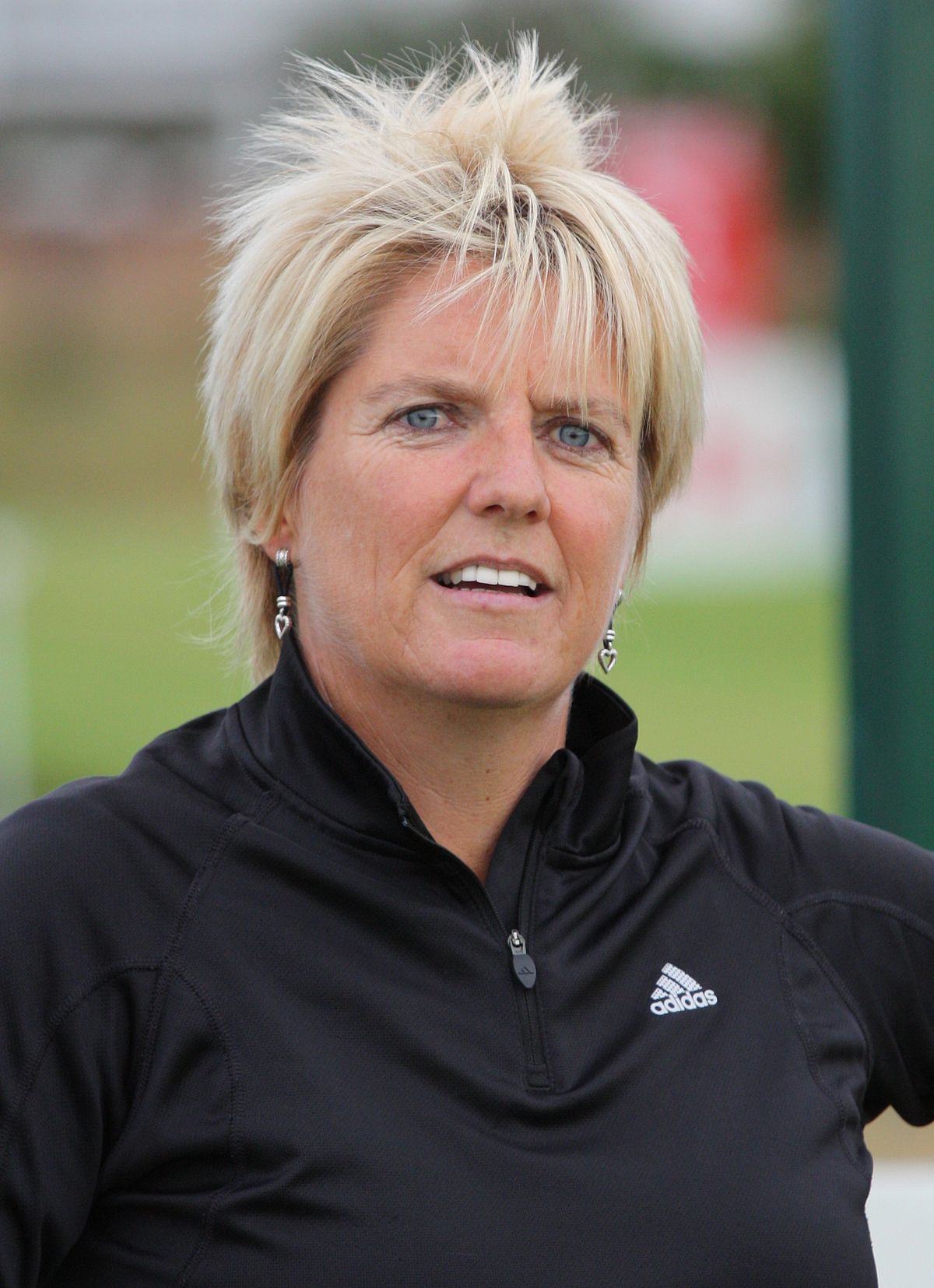No Practice Swings? Or Continuing To Putt Until You Hole Out?' – One Former Pro's Radical Plan To Speed Up Play
Are slow play rules really working? Former professional golfer Kathryn Imrie is pushing for solutions to make rounds quicker


As a junior player growing up in Scotland we were encouraged to play in 3 hours and 20 minutes. Fast forward a few decades and unbelievably on most professional tours this same time frame is what it takes to play just 9 holes.
The problem of slow play, as golf TV analyst and former LPGA player Dottie Pepper aptly puts it, “just got to get better.” Yes, it does Dottie, but how? This sentiment will undoubtedly apply as we approach the third women’s Major of the year, the KPMG Women’s PGA Championship at Fields Ranch East at PGA Frisco.
According to the rules of golf, players are allowed 40 seconds to hit the ball. The LPGA allow an additional 10 seconds given to the first player in the group to hit on par 3’s, but have taken away this comfort on par 4’s and 5’s - this is one of the new policies the LPGA have adopted to combat slow play along with fines and stroke penalties relevant to the time exceeded to hit a shot.
For example, a fine is given for a player exceeding the allotted time by 1-5 seconds, a one shot penalty is doled out for a player exceeding the allotted time by 6-15 seconds and a two shot penalty for those taking more than 16 seconds.
Slow play is clearly an issue on all professional tours and thankfully the LPGA are leading the way by applying these strict policies, but are they working? The LPGA’s goal for these changes “is to create a more efficient and enjoyable competitive environment for players and fans.”
In all honesty, after watching the recent US Women’s Open Erin Hills, the LPGA’s second women’s Major of the year, I don’t think it is working. As a fan, it was not an enjoyable competitive environment to watch, and part of the blame lies with the LPGA and the USGA for the way they set up the course.
A post shared by Lexi Thompson (@lexi)
A photo posted by on
In an Insta post, Lexi Thompson explained that her group waited on every single hole at the US Women's Open
Subscribe to the Golf Monthly newsletter to stay up to date with all the latest tour news, equipment news, reviews, head-to-heads and buyer’s guides from our team of experienced experts.
The course was officially set up at 6,829 yards, almost 7,000 yards. That’s just nuts for a course with greens as quick and undulating as they were. Think of it this way folks, for the men to play on an equivalent set up it would have to be close to 8,500 yards. For your informationI, last week’s US Open at Oakmont was 7,372 yards.
According to the latest Trackman stats the PGA on average, carry the ball 50 yards further off the tee than the LPGA, and carry it over thirty yards more with a 7-iron. Perhaps the most interesting stat is the maximum height the 7-iron flies compared to an average LPGA and PGA player: It’s 34 yards for the PGA compared to 26 on the LPGA and this is why LPGA courses need to be set up to showcase our wonderful players instead of making them look silly.
Hitting the ball with height is a huge advantage as the player has some control over the ball when it lands. When the tours choose to go to courses with undulating, big, quick “green complexes” it’s imperative that you have a high ball flight, otherwise it’ll be a long day out there.

Linn Grant anxiously follows a putt during the 2025 US Women's Open at Erin Hills
So, the course setup plays a huge role in the pace of play as does the two tee start. Pet peeve of mine for sure because there’s just no way the field can “flow” with a two tee start. I’ve been in that first group out many times and breezed through 9 holes in two hours or less, only to wait for the last of the wave to tee off. I understand why it must be done, but if there’s any chance not to have a two tee start, like in the height of summer when daylight is not an issue and the weather is good, playing off one tee should speed up play.
Ok, now for some random and probably crazy ideas to speed up play. How about making a rule for no practice swings? Just stand up there and react to the target and hit. Or what about when you putt, continue putting until you hole out? Better yet, mark a circle 19 inches around the hole, and if you putt into that, pick it up (adding one shot as if you’ve tapped in) and move on?
Then there’s this one which is my personal favorite. If the LPGA is taking a stance to dole out penalties for slow play, how about rewarding those who play fast? Players who play in a certain time or less get monetary bonuses and the best yet, they get to take a stroke off their score if they are super speedy. This, in my opinion, would solve any slow play issues and remember Amazon started as “a crazy idea.”
What an opportunity for any professional tour to implement these policies. If so, I bet 3 hours and 20 minutes might be the norm again and surely this would be an enjoyable competitive environment for players and fans.

Kathryn Imrie is a former professional golfer from Dundee, Scotland. She made history as the first Scottish woman to win on the LPGA Tour, claiming the title at the 1995 Jamie Farr Toledo Classic.
A standout collegiate player at the University of Arizona and a Scottish Ladies’ Amateur champion, Kathryn has represented Scotland on numerous occasions. After retiring from competitive golf, she transitioned into coaching, mentoring, and promoting the growth of women’s golf in Scotland.
You must confirm your public display name before commenting
Please logout and then login again, you will then be prompted to enter your display name.